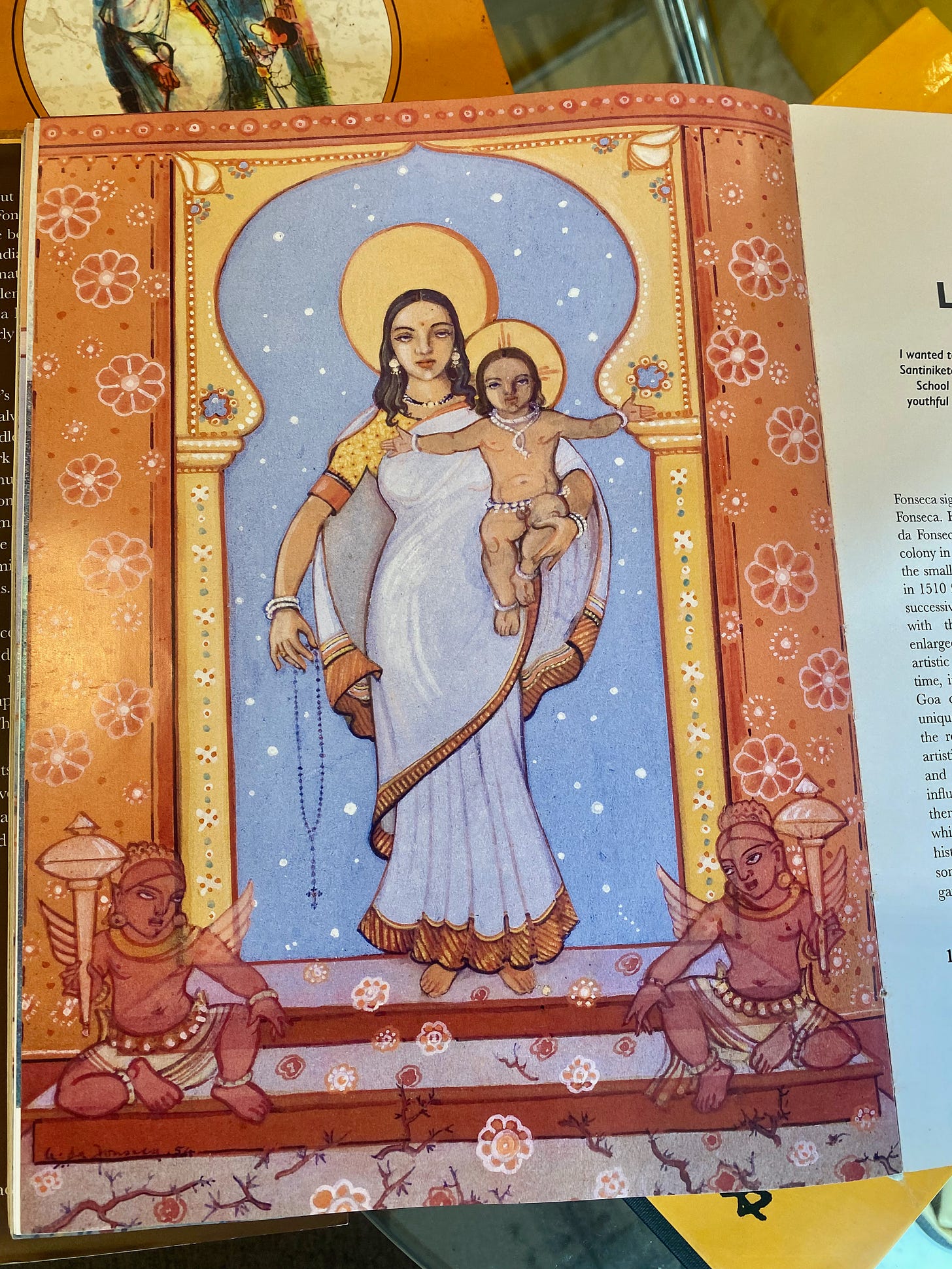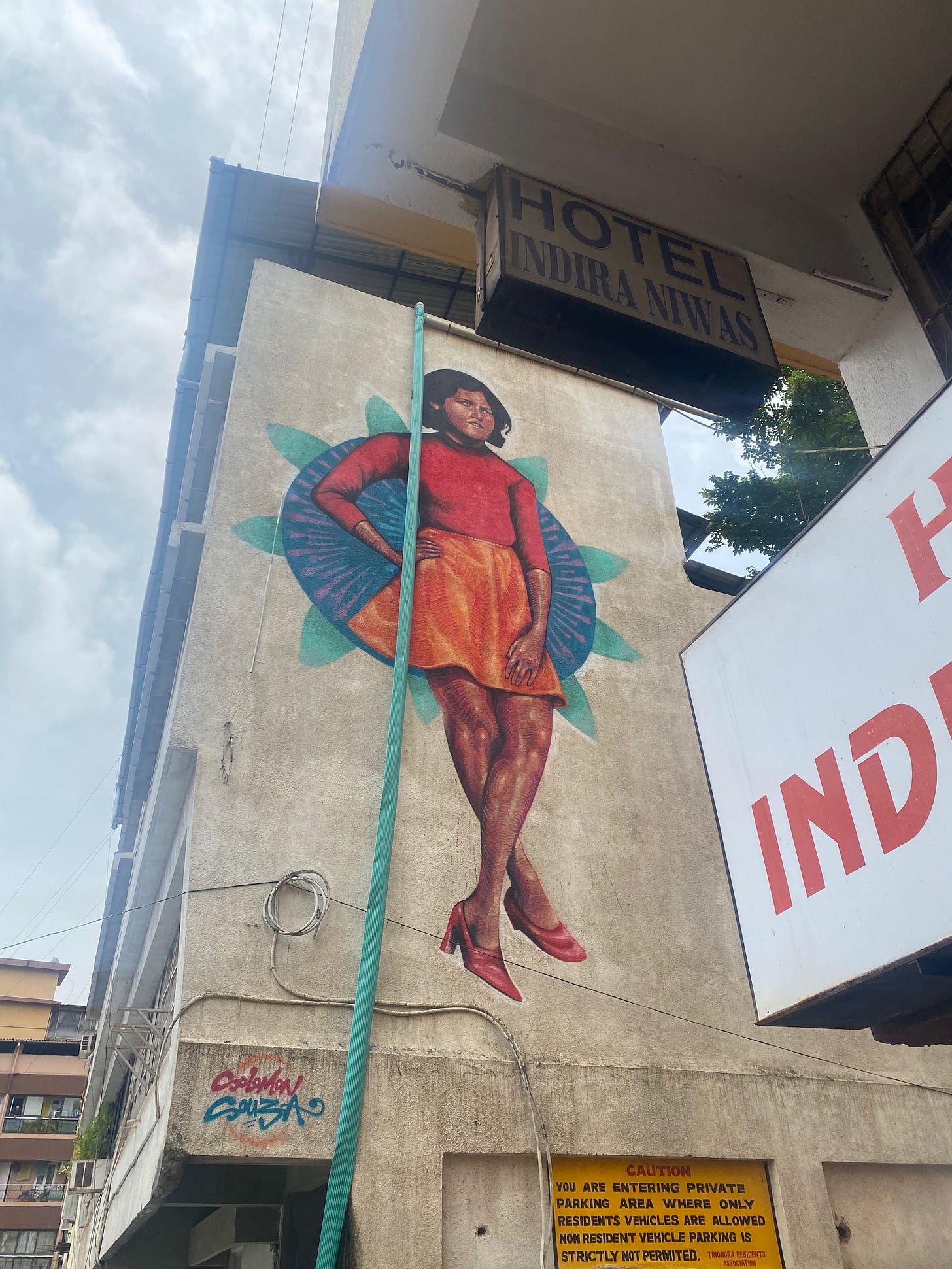Hola my very dear Global Jigsaw community.
In August, my family and I spent two weeks in Goa. It’s a choris-sized bite of the western Konkan coast of India, but one stamped with an outsized global footprint, thanks to a storied history as an entrepot.
For thousands of years outsiders, from Sumerians to medieval Arabs, washed up in Goa atop the waves of the Arabian Sea, creating a fiercely cosmopolitan culture. And then, in 1498, the Portuguese explorer Vasco Da Gama, landed on the Indian subcontinent. When asked by the locals what he wanted, the explorer (apocryphally) answered, “Christians and spices.” Less apocryphally, the fortunes of Goa were radically transformed, with the Portuguese going on to rule the region as a colony for over 450 years (1510- 1961). By way of contrast, the British held sway over India in varying degrees only between 1757 and 1947.
Today, Goa remains a cultural chutney: Virgin Marys in Sarees, chorizo bathed in Indian spices, Catholic Brahmins named Braganza.
As we walked around the capital city of Panjim with the writer and curator, Vivek Menezes, as our most excellent guide, we learned that the region was not just the entryway for the tomatoes, chilies and potatoes that went on to transform Indian cuisine forever. It was also the point of export of an eclectic diaspora, including businessmen, hypnotists and freedom fighters, that spread out across European capitals, the British colonies of East Africa, the Persian Gulf and Portuguese African territories like Angola and Mozambique.
It was the Global Jigsaw manifest!
Statue of Goan hypnotist and Catholic monk, Abbe Faria, in Panjim
Painting by Angelo da Fonseca (1902-1967) Picture credit: Pallavi Aiyar
I was taken, in particular, by a huge mural of Sita Valles - a Goan-origin, Angolan communist revolutionary -that looms over a busy street corner in Panjim. The mutinous tilt of Valles head, her hand on hip, ruby-red high heels and dare you-stare had me at first glance. This post is about her remarkable story.






